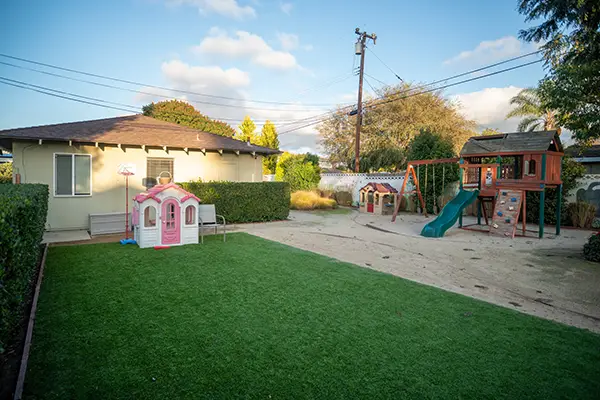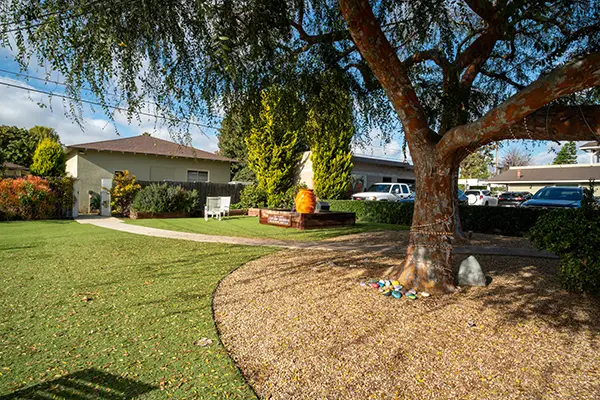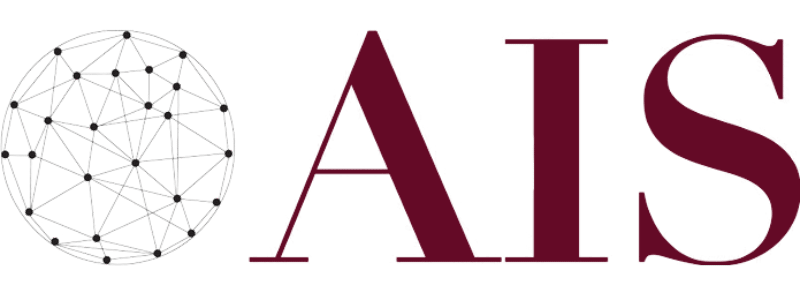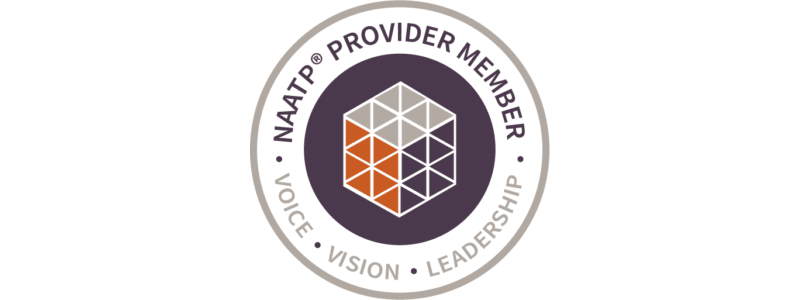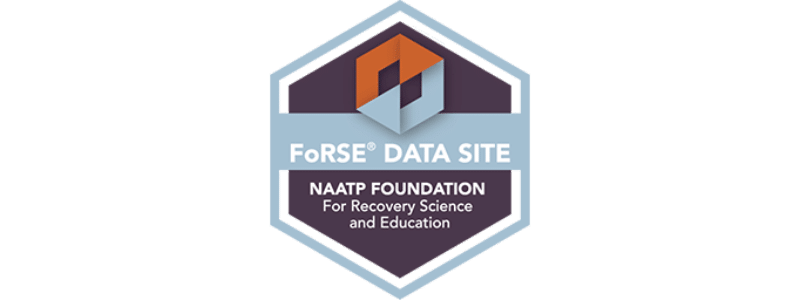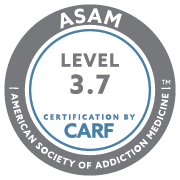New Directions for Women continues to connect with organizations in our community. We have had the privilege of establishing relationships with several local colleges in an attempt to broaden our community presence and provide a real-life agency setting where students of various disciplines can come to study, observe and practice their skills. New Directions for Women is proud that one of the partnering institutions is the University of California at Irvine. The paper presented here is a testament to how a field-work experience at New Directions for Women can open a student’s eyes to the problems that women with addiction face and also educate the student on how there are services out there that treat women, pregnant women and women with children. Read and enjoy.
Chemical Dependency: A Women’s Issue
“Historically, alcoholism has been regarded as a man’s disease” (Burtle, 5). Prior to the late 20th century drug and alcohol abuse issues where in many ways limited to men especially when it came to treatment. Chemical dependency treatment centers were designed by and tailored to the needs of men, not women. It was not until women only treatment centers came into existence that women were able to receive treatment services that catered to the specific needs of female drug and alcohol abusers. One of the leading women only treatment centers today is New Directions for Women located in Costa Mesa California.
New Directions for Women was founded in 1977 by Pamela Wilder through the Jr. League of Orange County. Pamela Wilder identified herself as a recovering female alcohol during a meeting with the Jr. League. Wilder was able to rally support from other women in the league such as Marion Schoen and Muriel Zink to create New Directions for Women. Wilder wanted to create New Directions for Women in response to the lack of treatment for women who suffer from chemical dependency. There were treatment centers available for women, but these other treatment centers were usually male dominated with programs and services geared toward men often neglecting the needs of women in recovery. New Directions for Women was the first women’s treatment center in Orange County. New Directions for Women was created as a safe haven for women in recovery; it is a place where women can go to escape many of the social pressures surrounding chemical dependency (New).
Women who drink and abuse drugs suffer from a much greater social stigma than men. “Some authors have speculated that drunkenness and alcoholism among women are signs of social instability that results when women take on traditionally male roles, including men’s drinking patterns because women have been traditionally responsible for upholding the moral order” (Wilsnack, 21). For men alcoholism has become somewhat of a normative issue, however women who drunk are significantly more scrutinized within society. New Directions for Women is a place for women in recovery where they can focus on some of these issues in an environment that is support and empowering. Women who drink have been associated with prostitution, promiscuity, and abnormality as well as having a “greater social hazard than men” (Wilsnack, 21). All of these traditional ideas of women who drunk have only contributed to the lack of effective treatment for female alcoholics; as well as the reluctance of women to actively seek treatment. New Directions for Women destroys some of these social barricades by catering directly to the needs of women in a positive and non-degrading social environment.
There are several other barriers, specific to women, which may inhabit a women’s ability to receive treatment. “Women substance abusers differ from men in the antecedents of substance abuse, frequently initiating substance use as a result of traumatic life events such as physical or sexual violence, sudden physical illness, an accident, or disruption in family life” (Ashley, 21). As a result women who abuse drugs and alcohol usually have co-occurring disorders that traditional treatment programs do not treat. Such disorders can include but are not limited to low self-esteem, self-blame, depression, anxiety, bipolar affective disorder, suicidal ideation, psychosexual disorders, eating disorders, and posttraumatic stress disorder (Ashley, 21). New Directions for Women is designed to treat these co-occurring disorders in addition to treating chemical dependency. Many of these co-occurring disorders are generally specific to women and are not directly addressed in many traditional treatment programs. New Directions for Women recognizes the complexity of substance abuse in women and treats several disorders related to substance abuse in women. Studies have shown that women who enter treatment are younger, less educated, have lower employment levels, more mental and physical health problems, and more likely to be a dependent or abusive spousal relationships. “For these reasons women in treatment may need female role models for recovery. In fact, research in the 1980s found that structural factors of treatment facilities such as staff composition influenced use rates by women and impacted their entry and continuation in treatment” (Ashley, 22). New Directions for Women tries to overcome these barriers by employing a staff that is primarily women, many of whom have experienced recovery from chemical dependency first hand.
Another barrier for many women in need of treatment is their children. “Responsibility for children, lack of access to child care services, and society’s punitive attitude toward substance abuse by women as child bearers are barriers frequently cited by women who need help” (Ashley, 21). Most treatment centers did not provide child care for women, nor will they treat pregnant women. New Directions for Women is unique in that t provides a comprehensive child care program that caters the needs of the children while the mother is in recovery. The children receive individualize therapy, art therapy, and play therapy. The women are thought how to interact with their children in a healthy environment. New Directions for Women takes a family approach to chemical dependency and strikes to offer services that help to heal the entire family from the disease. In addition to on-site childcare, New Directions for Women offers weekly family group meetings that are designed to educated the entire family and facilitate the recovery process for both women and their families. Women who abuse substances are often “raised in an environment of heavy drinking or drug abuse” (Ashley, 21). The treatment for the children and family of these women is designed to stop this cycle of abuse and to help the family cope with the effects of the disease. New Directions for Women is also one of the only treatment centers that admits women who are pregnant. The women are transported to the hospital for regular scheduled visits. The women are taken to the hospital to give birth and brought back to the center with their newborns to continue treatment. In this way New Directions for Women maintains a strong basis in family oriented care. The treatment services at New Directions for Women are designed to help women and their families’ recovery from the disease of chemical dependency. Yet another barrier for women in need of treatment is the cost.
The cost of treatment for women can be a major barrier to recovery from chemical dependency. As mentioned earlier women who enter treatment general have less education and make less money than their male counterparts. This results in the cost of treatment being a real issue for many women. The New Directions for Women Foundation provides scholarships to many women who otherwise may be unable to afford treatment. These scholarships are given out on a case by case basis to women to help subsidize the cost of their treatment. The New Directions for Women Foundation raises funds for the scholarships through private donations, grants, and community fund raising events year round. The foundation remains active in its efforts to fundraise by seeking out donations from local community businesses and individuals. One of the most successful fundraising tools for the foundation is the Repeat Boutique clothing store located in Costa Mesa CA. The foundation actively collects clothing from the local community and sales it at discounted prices at Repeat Boutique. The store sales a mostly woman’s clothing, however baby’s and men’s clothing is becoming more available due to an increase in donations. The store is operated mostly by volunteers, women in the local community who have offered to donate their time. New Directions for Women is committed to helping women overcome the barriers that often prevent them for receiving the proper treatment.
New Directions for Women offers residential primary care treatment. This treatment is residential in that all the women live together onsite in a dorm like settings. The women live together to create a sense of community and eliminate the feeling of isolation which many women who suffer from substance abuse may feel. Each woman admitted has a treatment program that is tailored to meet her individual needs. Every woman is also assigned her own certified counselor or licensed therapist. New Directions for Women utilizes the 12-Step program focusing on the spiritual, emotional, physical, social, and intellectual needs of each woman individually in a holistic approach to treatment. The program is highly structured consisting of individual and group counseling sessions and activities. Every woman is required to stay in the program for a minimum of thirty days, with the average stay lasting about ninety days. While the women have access to the kitchen, all the meals are prepared by executive chef Eyal Avidror. There are also a transitional and extended care residential treatment programs. These programs are designed for women that have already completed the primary phase of treatment, but are not ready for complete independence. Women on average stay in the transitional treatment program for forty five days (Residential).
In addition to residential care New Directions for Women offers an intensive sober living program. This program is for women who have already completed a primary or extended care residential program. The intensive sober living program is based in the Matrix Model which focuses on the diversity and individuality of each woman’s recovery. While in this phase of treatment the women may work or volunteer during the day, but they still live on site. The intensive sober living program serves as a transitional stage for women where they can continue developing the skills learned in residential care in a sober, community oriented environment. The programs focuses on further development of skills needed for recovery, relapse prevention, family involvement, and individual therapy. The women learn skills and are able to address the specific issues surrounding relapse to ensure a long term recovery. The women also get the opportunity to work with their families and break the generational cycles of addition. The women receive seven to ten hours of individual or group therapy a week and continue working on the 12 step process of recovery. Women will remain in the intense sober living program for an average of three months (Evening).
New Directions for women also offers an intensive outpatient program. This program is similar to the intensive sober living program, but the women do not live on-site. This program is also based in the matrix model allowing for women in all stages of recovery to benefit. The women in this program usually work or have school during the day which may prevent them for being able to enroll in residential treatment. Unlike the intensive sober living program, women in the intensive outpatient program do not have to complete any level of residential treatment before entering. The program is divided into sixteen weeks, with daily meeting held in the evenings Monday through Friday. Each evening session focuses on different aspects of recovery such as relapse, support groups, family therapy, and other basic recovery skills that are essential for establishing and maintaining sobriety. Although most of the sessions are held in groups the women still receive weekly individualized therapy to help facilitate the healing process. New Directions for Women is all about building a foundation on skills for women to fully recover from their chemical dependency. The programs offered foster a community environment of tranquility and sobriety while addressing the individual needs of every woman in recovery (Intensive).
New Directions for Women offers a wide range of services for women in all stages of recovery. While in treatment the work learn meditation, yoga, and gardening. These types of treatment are intended to work with the 12 step process and enhance spirituality and belief in a higher power. As part of the 12 step process women must admit that they are powerless over the addition and recognize a higher power that they may gain strength from. The women also engage in trauma therapy. Women who abuse substances are often the victims of a traumatic experience, the trauma therapy explores these experiences and help the women deal with them in a constructive manner. The women also participate in psychodrama therapy, which consist of action- oriented role playing and practicing of new behaviors. While in treatment the nurse practitioner reviews the medical history of every woman for any concurrent medical issues or health related problems. The women are educated about their health and develop individualized medical treatment plans (Services).
There are several reasons why women only treatment centers are needed for recovery. Women only treatment centers serve to “reduce women’s barriers to entering substance abuse treatment” (Ashley, 22). Treatment centers such as New Directions are often able to eliminate many of the social, economic, or family related barriers that often prevent women from seeking recovery. Women may hesitate to seek traditional treatment services for fear “of a confrontation with chronic, mostly male, patients, of getting stigmatized as an alcoholic, or becoming known to the Social Welfare. They regard the alcohol abuse as a part of a life-crisis and want more comprehensive treatment” (Dahlgren, 502). Women only treatment centers operate in a supportive environment, where as traditional or mixed gender treatment centers have a more confrontational approach to recovery which can be intimidating for most women. Women in women only treatment programs usually have greater service needs then men or women in traditional treatment programs (Niv, 200). Women in women only treatment programs such as New Direction for Women often suffer from co-occurring disorders. Women only treatment programs are better equipped to “address the substance abuse treatment needs unique to women” (Ashley, 22). Men and women are not the same when it comes to substance abuse, and women suffer from an additional set of problems that are irrelevant for most men. Women only treatment programs can create “Modalities tailored to women’s special needs: a nurturing and supportive group therapy environment, emphasis on self-worth, or treatment that addresses the multiple roles of women (mother, partner, friend)” (Ashley, 22). These issues are specific to women and may not be properly addressed in a mixed gender setting.
Although women in women only treatment programs tend to require more services, they are also more likely to achieve recovery. According to a recent study found “that despite greater problem severity in many domains, women in women only programs had better drug outcomes” then women in traditional or mixed gender programs (Niv, 200). This research suggests that traditional substance abuse treatment programs are in many ways ineffective for women in recovery. Women quite simply require more services than what is typically offered at a traditional substance abuse program. Further studies have “concluded that programs that provide ancillary services such as child care and those that involve family members and significant others hold the greatest promise for women with drug and alcohol problems” (Ashley, 43). Women only programs such as New Directions for Women are more likely to offer these services. Furthermore research “indicates that most women only programs report favorable outcomes”, meaning that approximately 20-60% of their patient were able recover from their additions (Ashley, 43). Less than 10% of women report to have abuse alcohol or drugs one month after completing treatment. Over 60% of women claim to be in excellent or very good physical and emotional health following their completion of the program. The vast majority of women also reported to be engaged in recovery activities such as attending group meeting, and continuing on with the 12 step process. In short, on average the women who receive treatment from New Directions are generally able to lead a productive and happy lifestyle excluded from substance abuse. They are armed with all the necessary skills needed to maintain recovery and supported by a strong network of fellow alumni and aftercare (Outcomes).
Although on the surface gender specific treatment programs may seem unnecessary or redundant facilities such as New Directions for Women have proven to be significantly more effective in treating women with chemical dependency issues than other traditional or mixed gender programs. Treatment centers such as New Directions for women are able to eliminate the many barriers like social stigma, and child care that are real issues for women substance abusers. Women only treatment centers have a greater ability to focus on issues that are unique to women in regards to skills development, medical issues, and co-occurring disorders. Women only treatment centers also report better outcomes for patients resulting in less substance abuse and improved social and family relationships. New Directions for Women is a leader in creating a place where women can recover in a supportive environment. When Pamela Wilder and the Jr. League of Orange County created New Directions for Women back in 1977, there were no women only treatment centers in Orange County. The research supporting the needs for women only treatment programs has been very recent, much of it within the last decade. There were some small programs instituted by the National Institute on Drug Abuse to explore the issue surrounding women and substance abuse. But it was not until the late 1980’s before congress started to set aside funds for pregnant women and women with children who suffer from drug abuse (Ashley, 20). There is still much more research that needs to be done in regards to women and chemical dependency, however treatment centers such as New Directions for Women have already proven to be a valuable resource for women in recovery.
Written by Nathaniel Cleveland. He may be contacted at nclevela@gmail.com.


